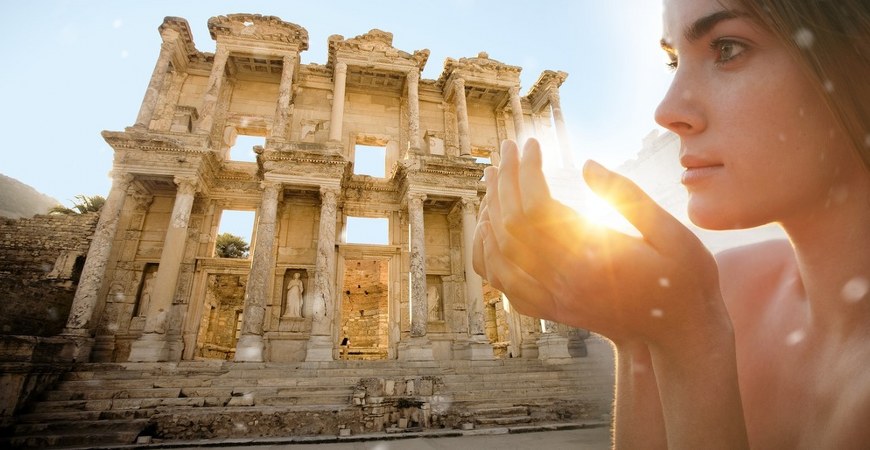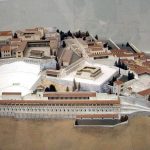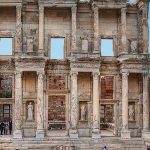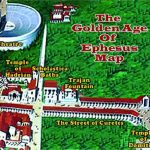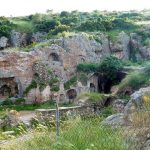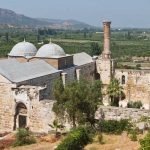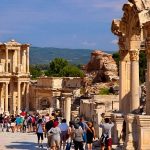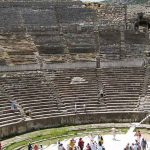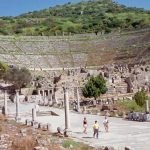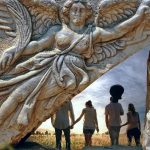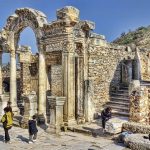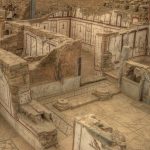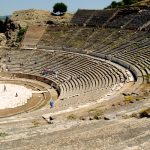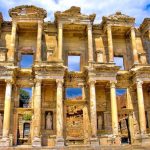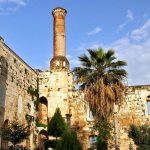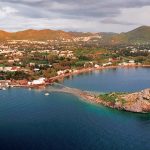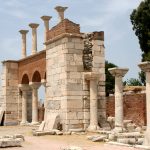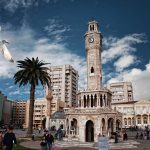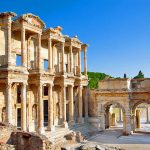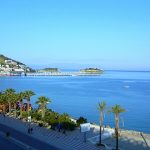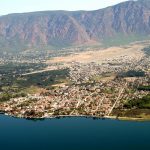Ephesus Ancient Ruins of Turkey Aegean Coastline – Chapter 7
Marble Street: The part which begins from the south of the theater, leading along the commercial agora, was covered with marble stones by a man. Eutopia, who was believed to live in fifth-century A.C. The Street, which looks even now fairly good, was built for vehicles. Today many parts of the Roman columns are at the eastern side of the Street, and there masts of 1.70 m in Rustic style, belonging to the Doric style roofed sheds, can be seen.
Scholastica Baths: There was a lunch room decorated with pieces of marble stone in the central hall (tablinum) of the brothel. The seasons were represented at each corner of the room. Winter (Covered head), autumn (head with a wreath of flowers) are not damaged. The Austrian scientists stated that the restoration done by Scholastica was done in forth century-A.C. Moreover, the tools used in Roman houses and prevention, gas also used during the restoration of this building. A base, with writings on it and a Scholastica statue without a head, was brought into their original form.
Private Baths: The scientists, found an undamaged part of a construction. They are considered to be part of the baths. Noticed from a written table, this single roomed Various bath belonged to the famous sophist Flavius Dominus of Ephesus.
Love House: The large baths along the south-eastern side of the “Panayir Hill” was built in the second half of the first century A.C. 400 A.C., these baths were restored by a lady whose name was Scholastica. Deduced from a written table and a large lavatory, the part which is defined as a brothel, belongs to the age before restoration, first century A.C. If compared, the brothel built by Sc hot plastic is more interesting than the smaller brothels of Pompei in their dimensi¬ons. Franz Miltner has the opinion that the rooms on the upper floor were reser¬ved for the girls and the hall on the bottom floor was reserved for the visitors.

